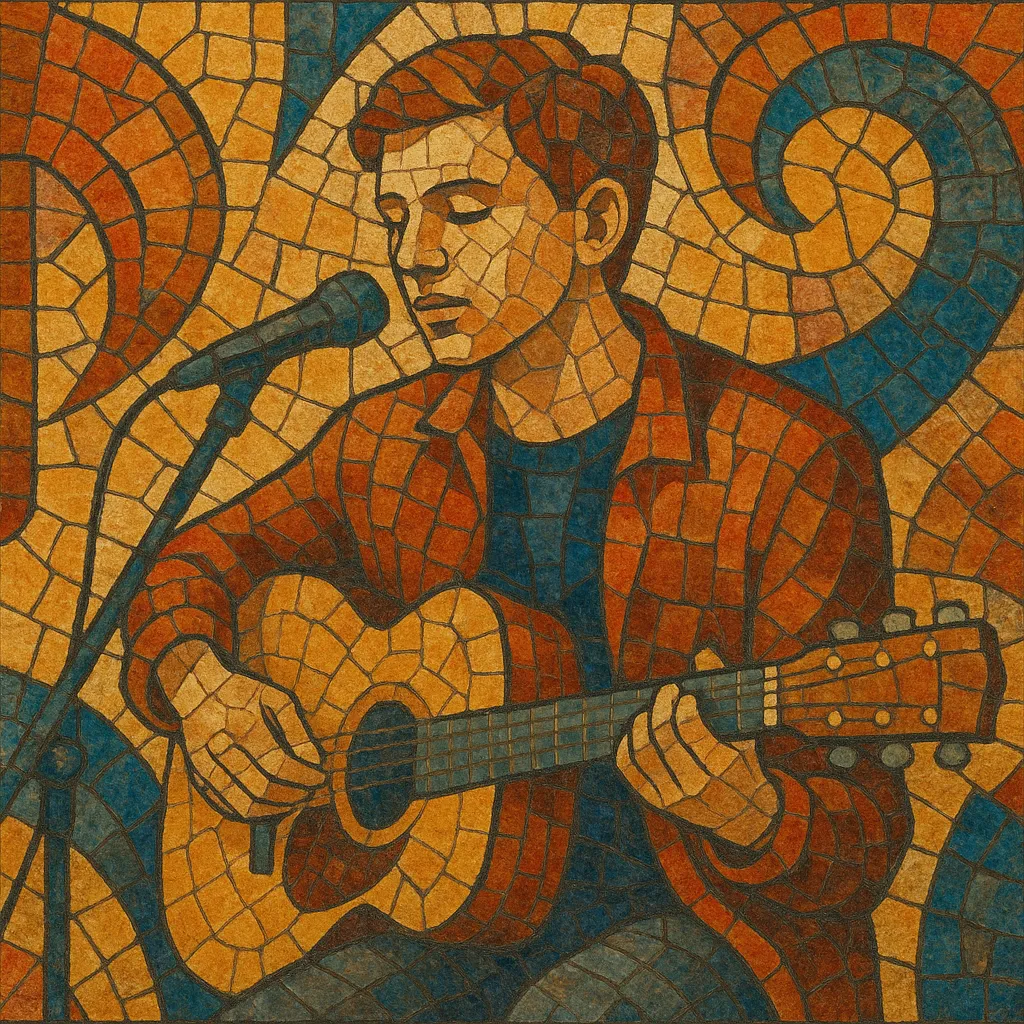German pop (Deutschpop) is mainstream popular music produced in Germany and/or performed in the German language, blending international pop conventions with local melodic sensibilities and lyrical themes.
It emphasizes memorable hooks, clean and modern production, and relatable storytelling about love, everyday life, and personal identity. While its roots intersect with Schlager and beat music, contemporary German pop also borrows from new wave/synth-pop, rock, and, more recently, hip-hop and electronic dance music.
The style ranges from acoustic singer‑songwriter ballads to glossy, radio‑ready anthems and danceable tracks, unified by strong choruses, clear diction, and accessible, emotive lyrics.
German pop emerges after World War II from a blend of homegrown Schlager (a melody‑forward, sentimental pop form) and imported rock ’n’ roll/beat influences. Early television, radio, and festivals (such as the Schlagerfestivals and the Eurovision platform) helped standardize a hook‑driven, German‑language pop format. Artists began experimenting beyond pure Schlager, introducing more contemporary arrangements and band instrumentation.
The Neue Deutsche Welle (NDW) boom—rooted in new wave and synth-pop—propelled German‑language pop into the global spotlight. Acts like Nena and Trio fused punchy synths, minimalist guitars, and deadpan or exuberant vocals, proving that German lyrics could be fashionable and internationally viable. Although NDW was a distinct movement, it broadened the palette and market for German‑language pop overall.
The 1990s saw coexistence between English‑language Eurodance/pop and German‑language artists who maintained a pop‑rock/singer‑songwriter core. Major stars such as Herbert Grönemeyer continued to anchor a domestic tradition of chart‑topping German‑language albums, while production techniques grew sleeker in line with global pop.
A visible resurgence of German‑language pop arrived with bands like Wir sind Helden, Juli, and Silbermond, who paired indie‑pop or pop‑rock textures with conversational German lyrics. This period normalized German lyrics on mainstream radio. The 2010s expanded the field: artists like Mark Forster, Andreas Bourani, Sarah Connor (with her German‑language comeback), Clueso, and Wincent Weiss brought polished songwriting, modern electronics, and crossover collaborations with hip‑hop producers.
With streaming, German pop embraces global production trends (808s, trap‑influenced drums, atmospheric synths) while retaining melodic and lyrical clarity. Collaborations across pop, rap, and dance have become common, and radio/playlist culture continues to favor succinct, hook‑rich songwriting. The result is a flexible, contemporary German pop that moves smoothly between balladry, dance‑pop, and pop‑rap hybrids.
Aim for memorable choruses, concise structures, and emotionally direct, conversational German lyrics. Production should be polished and radio‑friendly.


